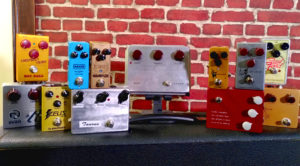
Few pedals exist out there whose legendary status and hype have peaked as high as that of Klon’s Centaur overdrive. This pedal, worth a couple
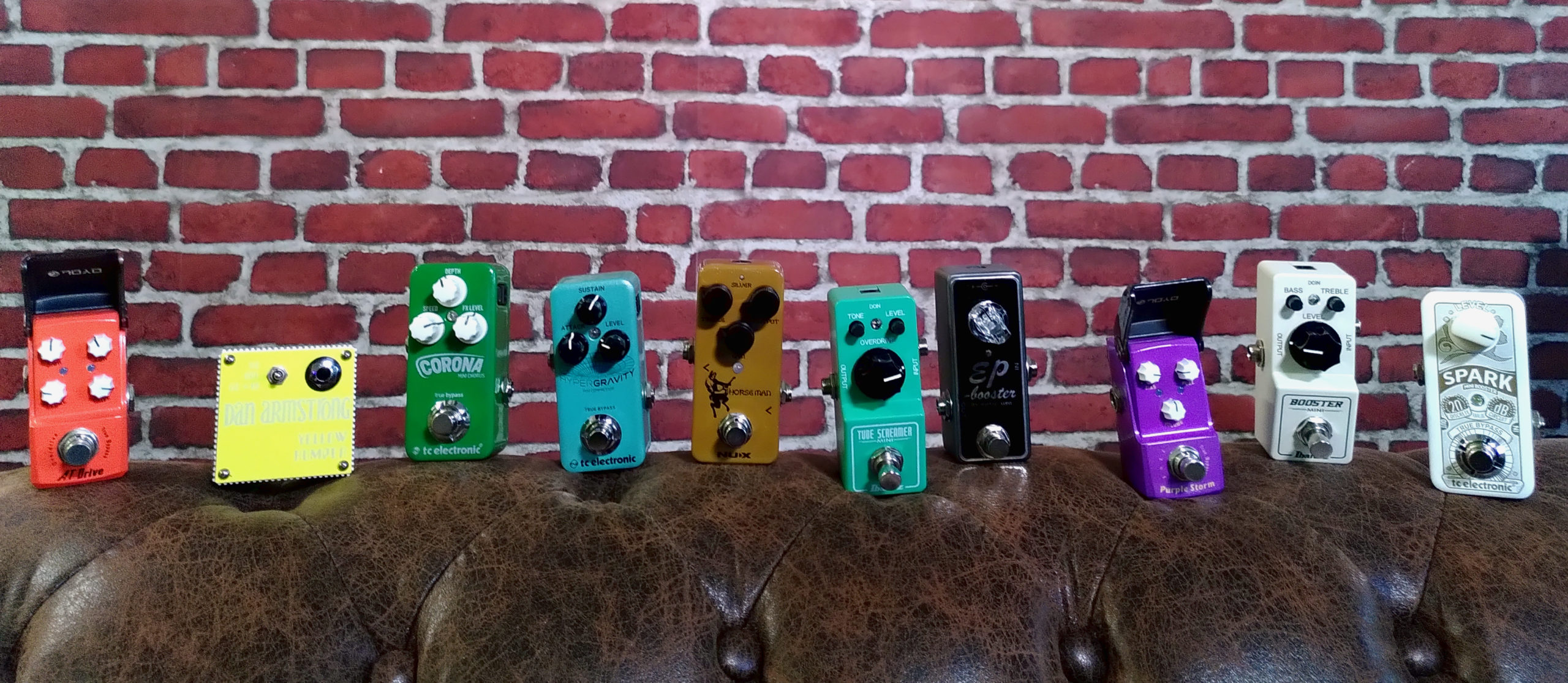
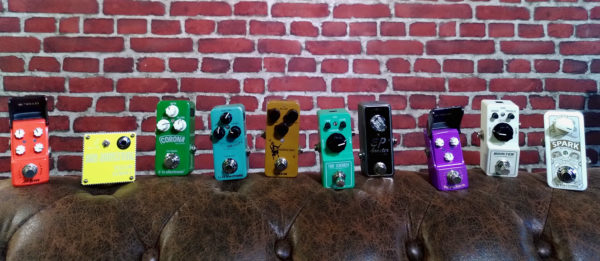
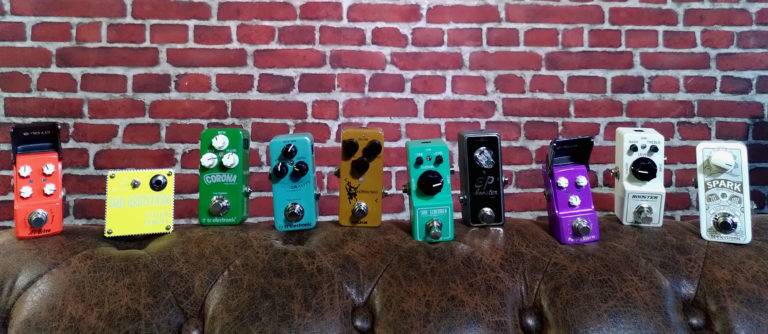
As the first guitar pedals hit the market back in the 1960s, they did it as encumbering, hefty boxes that looked as gritty as they often sounded. Legendary giants such as the original Fuzz Face or Big Muff Pi were almost 20cm long (7.9 inches), and easily weighed more than 0.5 Kg (1.1 lb).
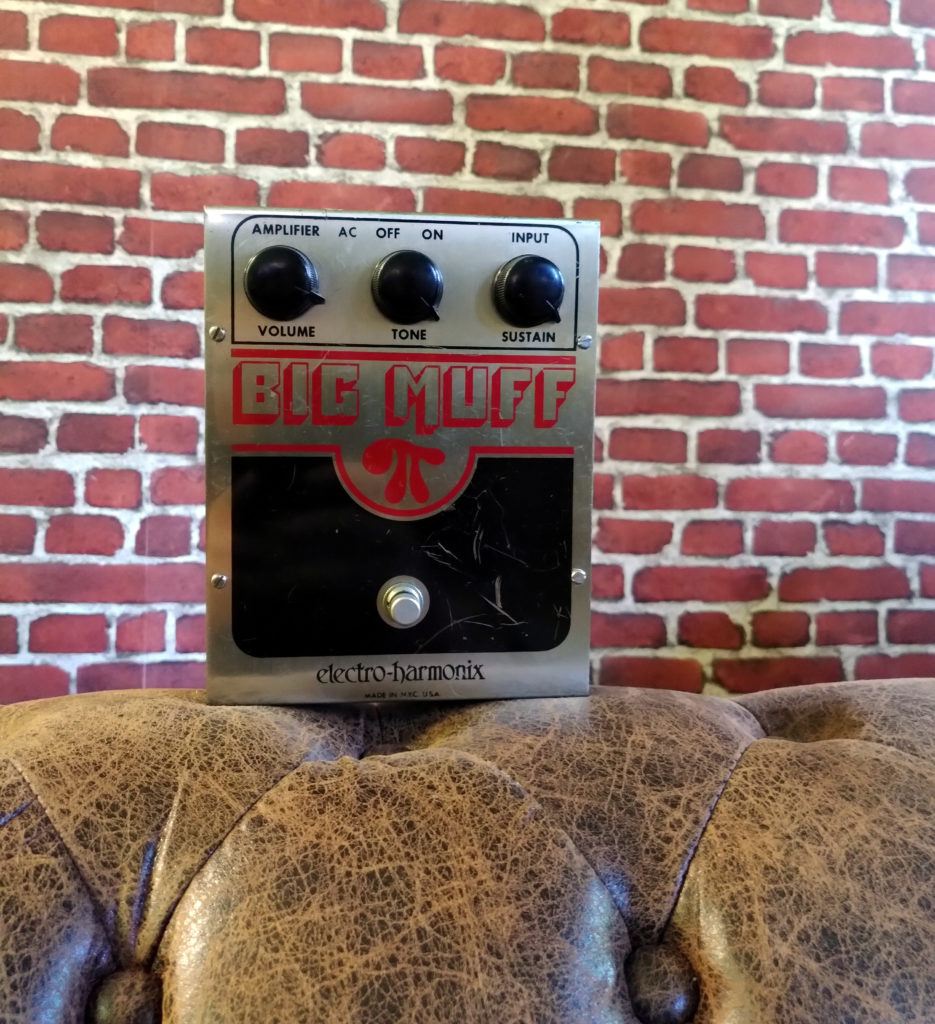
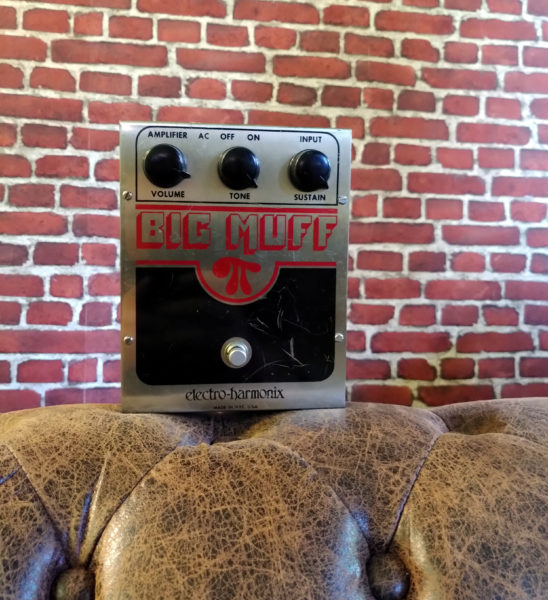
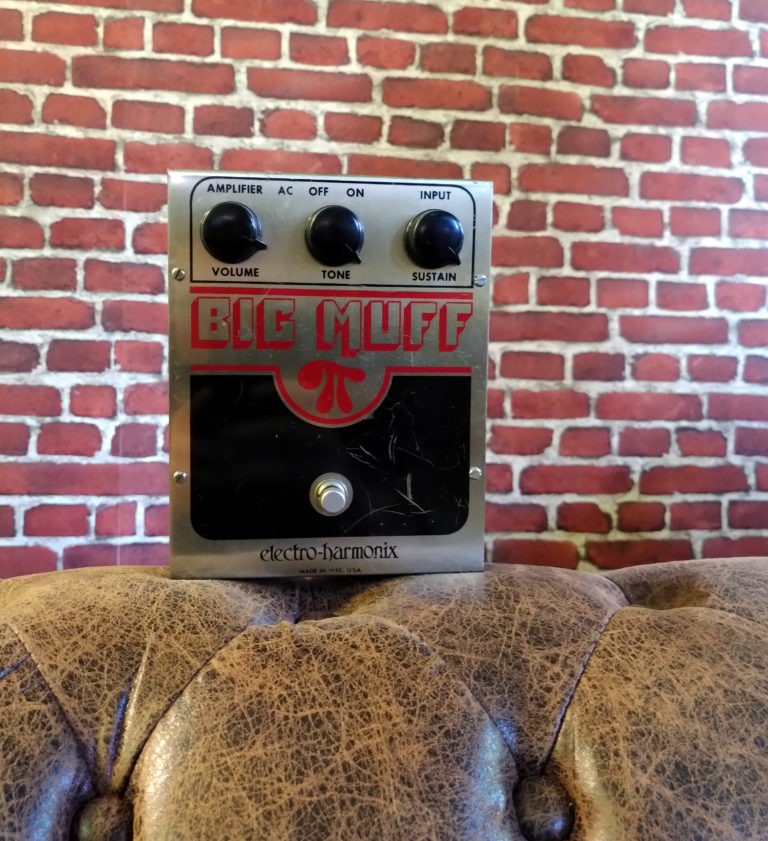
For a long time, size and quality also went hand in hand too – a bigger box allowed to house more and better electrical components, and to feature more controls allowing the user to shape their favourite tones. While some manufacturers such as BOSS, Ibanez, and MXR soon caught up with pedals such as the CE-1 and the Phase 90. setting what is now the standard size for guitar pedals, there wasn’t much around for those who desired a more compact solution.
Some notable exceptions appeared early on, particularly with the Armstrong “pedals”, plugg-able boxes that could be inserted directly into the amplifier and which offered no user controlled feature except for a “tone” switch, which would usually boost some frequencies (and level output) producing additional drive.
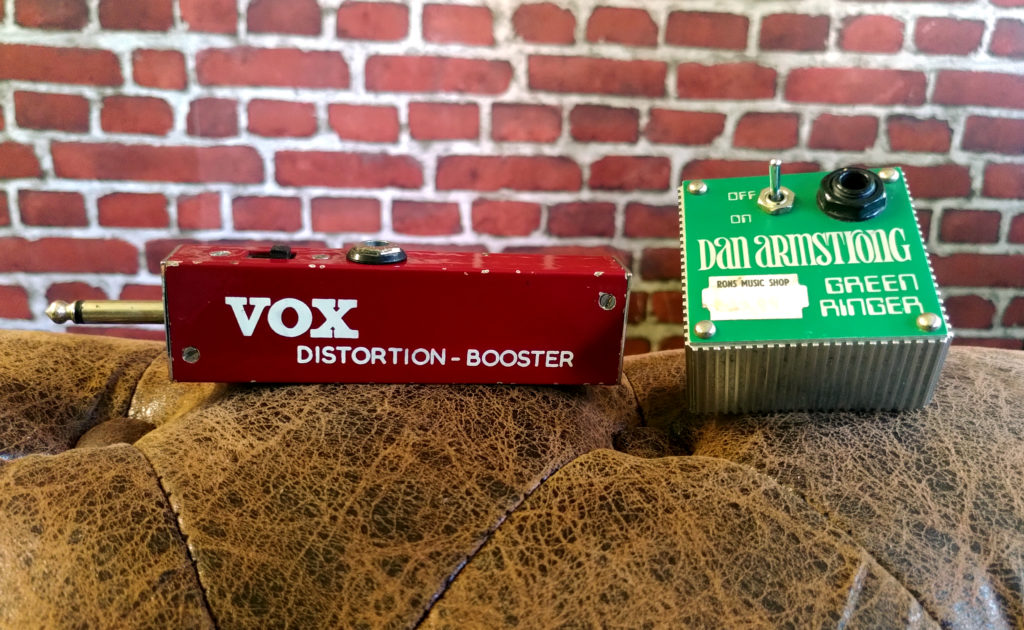
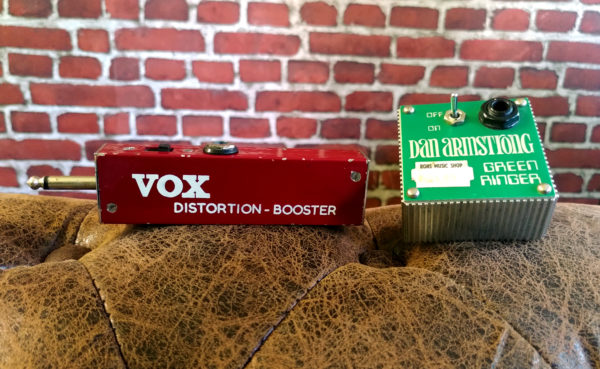
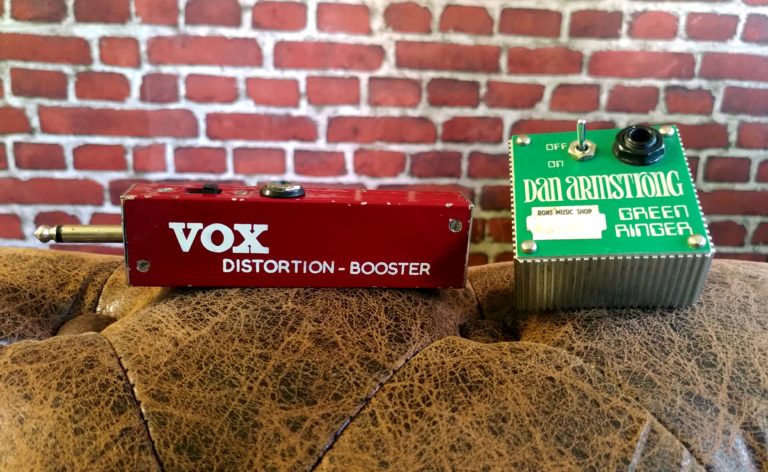
Even simpler was the VOX distortion plus, another plug-and-play stick that featured only an on-off switch, which added a biting, sizzling distortion to the guitar tone. In both the Armstrong and the VOX cases, far from being dismissed over time, these simple effects have become somewhat vintage legends of their own, and are still coveted to this day. You can listen to some of these clever, little devices in the players below, and hear the sound of pedal history.
With few exceptions, however, it wasn’t until much more recently that mini pedals as we know them started appearing on the market. So what qualifies as a mini pedal today?
At the beginning of the 2000s some manufacturers began to release pedals that were significantly smaller than their standard sized counterparts. In 2008 Dunlop came out with the Fuzz Face mini distortion pedals, which cloned the sound of the original giants while significantly reducing their size.
Looking at the more common rectangular shapes, one of the first and most successful examples was the 2009 release of Xotic Effects EP Mini Booster, still listed to this day as one of the most successful mini pedals on the market. This was closely followed by the 2015 NAMM presentation of Ibanez Mini Tubescreamer.
From the beginning then, mini pedals can be distinguished in two categories: those that try to emulate or clone the sounds of full-sized pedal effects, and those which instead appear on the market as original designs of their own. We will have a more in-depth look into these two categories and what they have to offer in the following sections. Meanwhile, mini pedals have since become very popular and relatively common on the market. A number of manufacturers have released entire series of them, the most famous probably being the Micro Series by the Chinese company MOOER. The series was first released in 2010 and today includes 64 different pedals and a further 20 preamp modellers. Other companies specialising in the manufacture of mini pedals include Tone City and Landlord FX. You can listen to a selection from these manufacturers in the player below.
A smaller size comes with a number of implications. So what is the hype around mini pedals among their supporters, and what are the arguments brought on by their detractors? Why would some people swear by using mini pedals and others avoid them like plague?
The main case made in favour of mini pedals, is of course that they can save quite a lot of space – as well as reducing the carrying weight for those musicians who need to move their rig around a lot. In theory, a purely mini pedal setup saves up between ⅓ and ½ the space of a standard setup. That can result in a much larger number of pedals fitting on the same pedal boards – or a much smaller board being required.
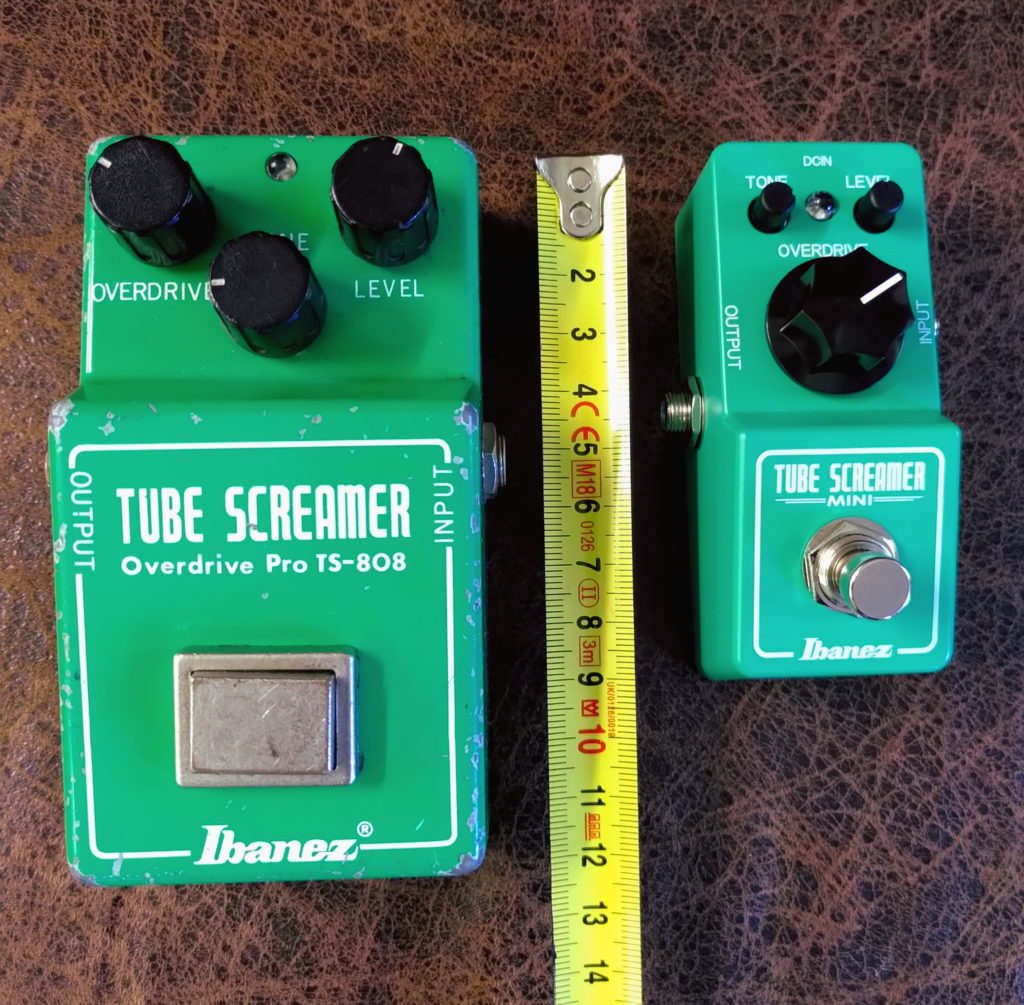
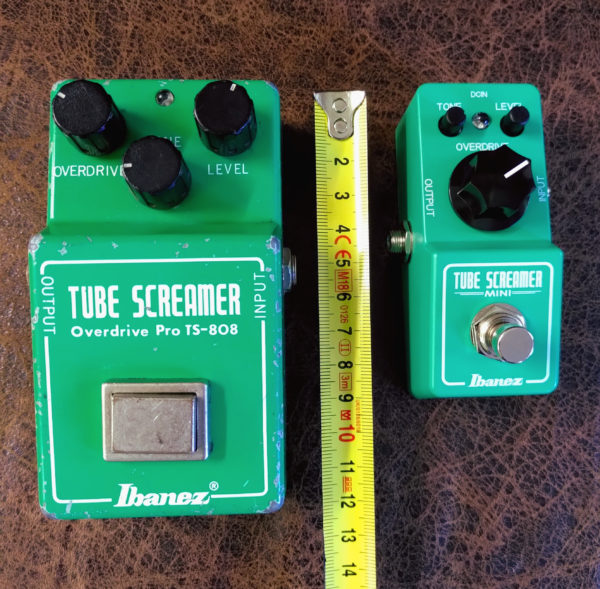
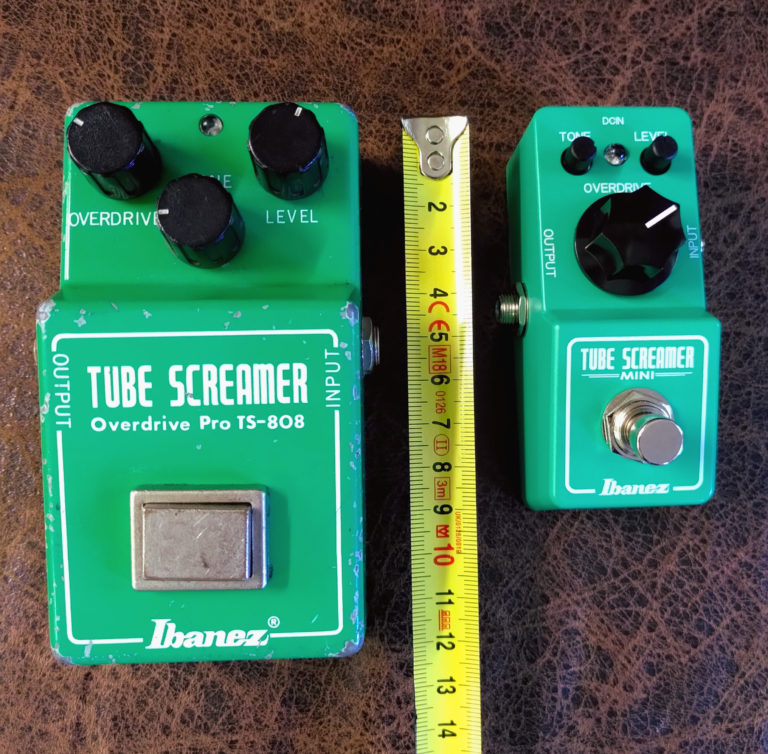
Secondly, mini pedal effects have the advantage of lower cost to their standard counterparts, both in general and in the specific case of cloned effects. For this reason they represent an attractive entry point for musicians who want to try out something new, or who might need specific tonal qualities for specific parts of their set.
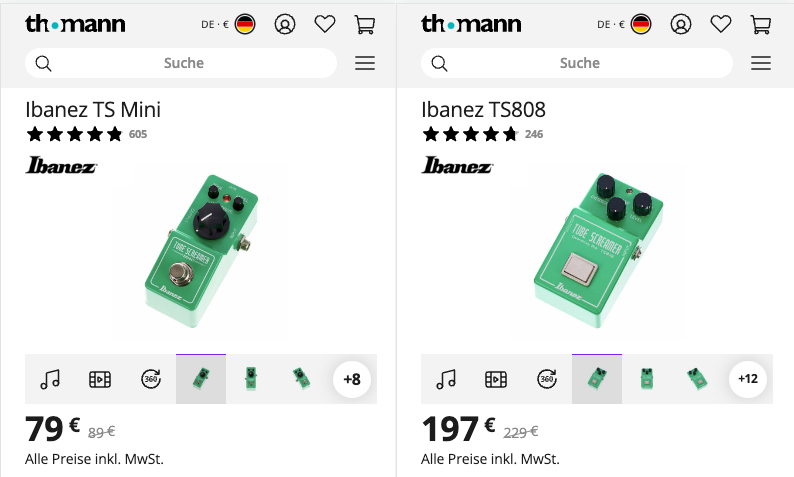
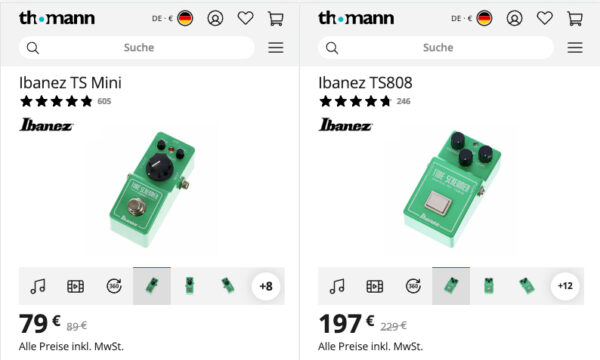
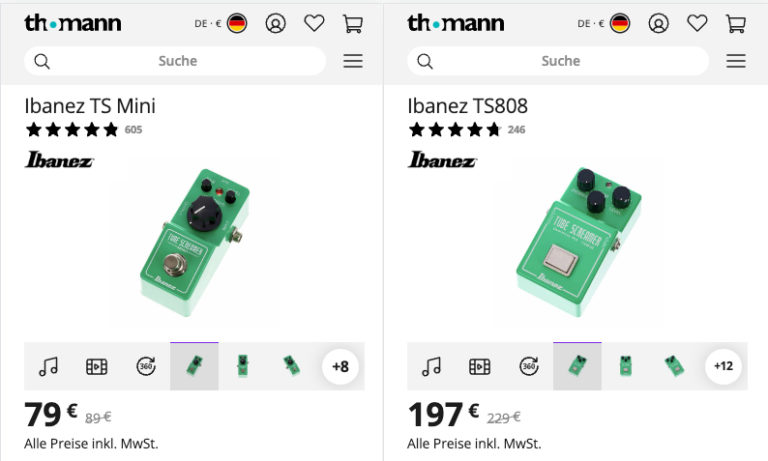
The simplicity of these pedals normally havingless controls to set means easier, less intimidating choices. Instead of versatility, you often get a well-tuned factory setting with a limited range of tweaking available to best fit it to your sound. Finally, it can be argued that a number of “utility” pedals have no business taking up more space than what is strictly needed. That’s the case with tuners, ABY, EQs, buffers, and so on.
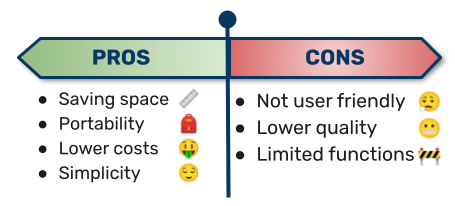


On the other hand, the main critiques moved against mini pedals concern the limitations of their design as well as their overall performance quality. It has often been said that their lower costs come with a decrease in quality of circuits and components, which often need to be modified compared to bigger pedals in order to fit into the limited space. This argument becomes particularly daunting when looking at mini clones of full-size pedals, a topic which will be looked at in the next section.
Additionally, the smaller design of mini pedals, while nominally constituting an advantage in terms of saved space and portability, comes with some functionality issues that have been often lamented by musicians. To mention a few of the most common: the difficulty in turning small controls during live situations; the instability of the pedals, which tend to tip over when stepping on the bypass switch; the impossibility to use a 9V battery as power supply; the placement of in and out connectors on the side, which ends up anyway wasting space in comparison to some other pedals, making the smaller size of the mini ones almost irrelevant. The design topic is in fact so big in the mini pedals debate, that some users have gone as far as coming up with their own, perfected designs for mini pedal.
And of course, the lack of versatility is also often regarded as a downgrade in these pedals. More user controllable parameters can mean greater fine tuning, and many out there firmly believe in shaping their guitar tones down to the last detail as a key or signature to their playing style.
Nowadays, most players consider mini pedals to be a manufacturer’s design choice, and it’s very common to see one or two mini pedals on the average board. Moreover, some manufacturers have recently begun to try new solutions in their design, in order to offer as much functionality and reliability as possible even with a reduced size. You can listen to a couple of examples of such efforts in the player just below.
A big chunk of mini pedals production (and a big chunk of the debate about them) revolves around mini clones of famous full-sized pedals. Quite a few manufacturers have released in recent years reissues of either historically famous pedals (f.e. Dunlop Fuzz Face minis) or of their own most famous ones (f.e. Ibanez Tube Screamer Mini).
The basis for this trend are the advantages already considered in the previous section, but, as it always is in the pedal world when it comes to “clones”, this specific type of mini pedals has sparked quite a lot of debate.
The dispute focuses on two aspects: whether the mini reissues are comparable in sound to the original pedals and whether the quality of the circuit or even of the singular components is downgraded in order to fit a smaller, cheaper product.
A case in point is the Dunlop series of mini Fuzz Faces, counting four different reissues that follow the evolution of the original pedals circuits throughout their history. While this is overtly a case where a manufacturer is trying to replicate a vintage sound with a new design and technology, the result is pretty impressive. This is partially due to the type of circuit they are copying since early fuzzes used a very small number of components, in fact most of the insides of early pedals was just space. This means the mini fuzz faces can still use full sized original component just like the originals as it all fits in such a small pedal. While not representing an exact clone, the mini Fuzz Faces have been praised for getting very close to the original sound and, even more, to the original feeling of playing with the pedal, sporting a very responsive circuit in terms of guitar input level and relative cleanup.
Another popular debate is the one around Ibanez TS808 vs Tube Screamer Mini. In this case, we have the same manufacturer, marketing the mini version as a true clone to the original pedal. And, as much as circuits and components go, they seem to be quite true to their word. The mini TS features the same JRC4558D IC chip that many believe contributes to the signature sound of the early tube screamers and, according to the circuit schematics, the two pedals are almost identical. One difference, as noticed on the freestompboxes forum, is that two resistors have been swapped in place, and, of course, the 2015 mini Tube Screamer features a true bypass instead of a buffered one. As for the sound, almost everyone out there agrees that the two pedals are impressively close, making the mini version an ideal substitute for those musicians who mainly want a tube screamer in a smaller box.
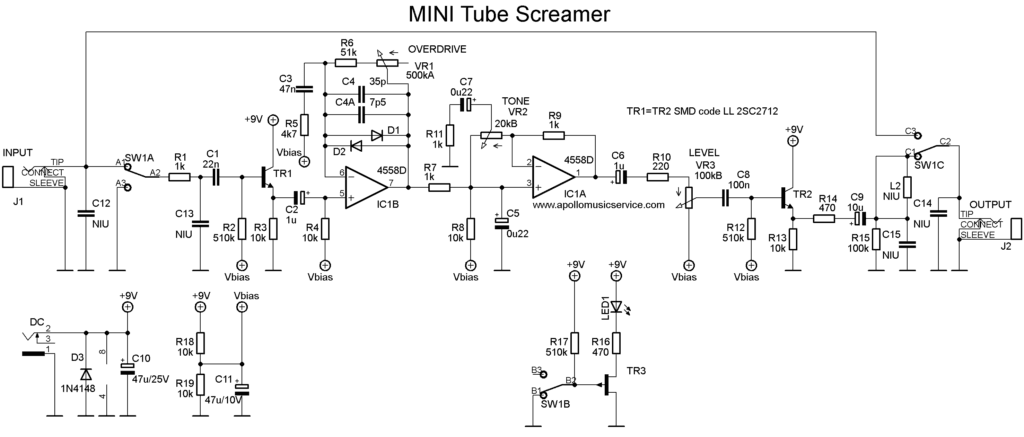
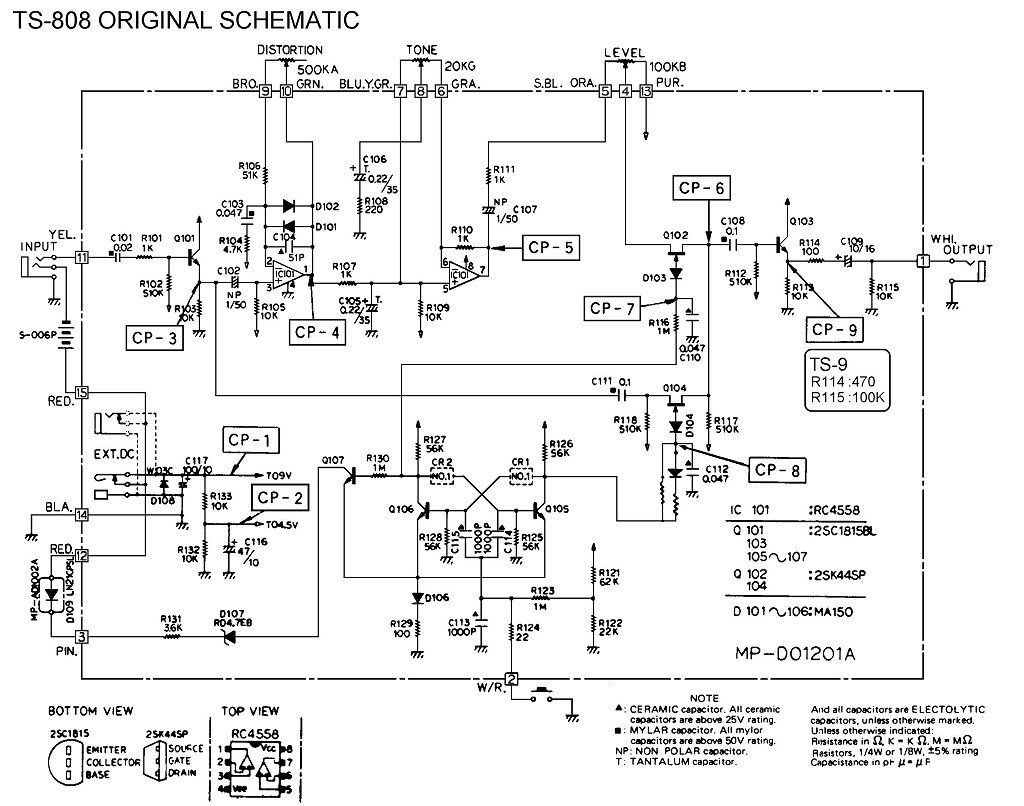
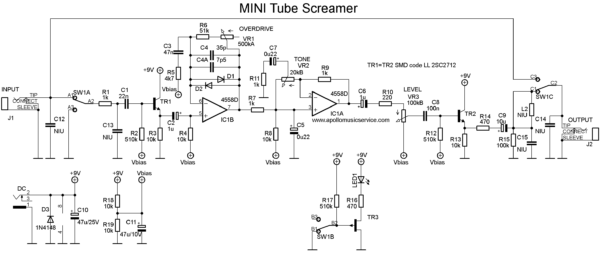
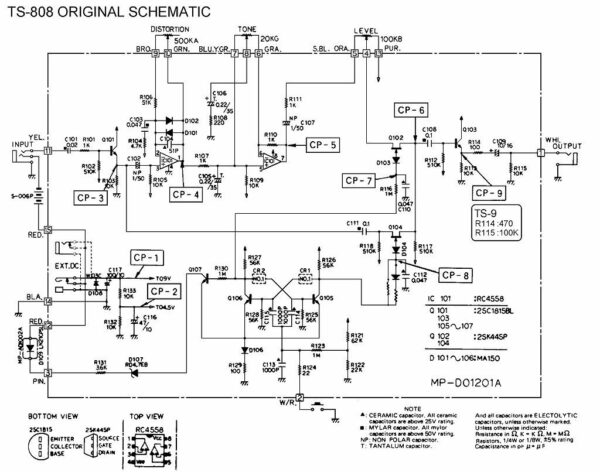
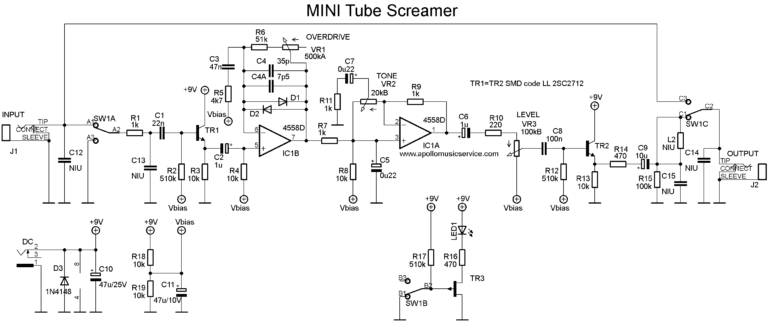
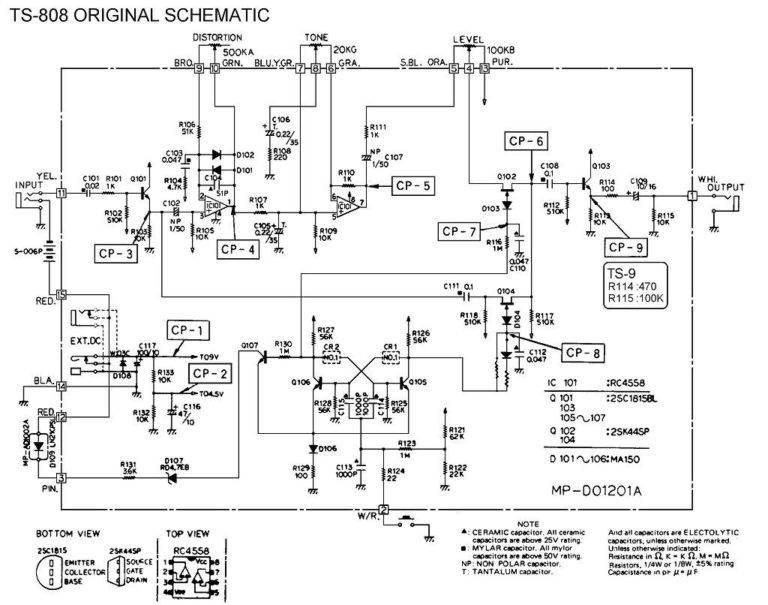
A different case again is presented by mini pedals who closely simulate the circuit of full sized ones, but offer less functionalities to the user. This is the case with Keeley’s Compressor Mini, which builds on previous Keeley compressors but features automatic tone recovery, transient release time, and a fixed blend of dry and wet signals. That is to say that the experts have dialled in the perfect compressor for you (which is the hard part) and left you with two fun controls to crank it up or tune it down.
Do any of these pedals live up to their reputation and do justice to the debates revolving around them? As in all things sound, that’s a question that only individual ears can answer. Luckily, you can do just so by playing around with the big brother-small brother comparisons we have included in the players below!
Mini pedals do not always live in the shadows of others. In fact, many manufacturers throughout the years have released original mini pedals which have acquired fame of their own. This is the case with the already mentioned Xotic EP Booster, which receives great reviews all around the web and by which many guitarists swear as their favourite booster for the job. Another example is that of Wampler Tumnus pedal: a tiny but powerful nod towards the coveted KLON, which gathered so much success as to warrant a “deluxe” version of its own, this time in a standard size pedal with extra EQ controls. Also common are mini modulation pedals, which by default require less tonal controls and can be easily sized down and still retain most of their functionality and magic, like the Tone City Summer Orange Phaser.
With mini pedals taking up more and more space on the market in the last few years, the list for these original, small and yet clever devices would require its own book. Instead, you can listen to a selection of our favourites in the players we have created for you by type – distortion and modulation.

Few pedals exist out there whose legendary status and hype have peaked as high as that of Klon’s Centaur overdrive. This pedal, worth a couple
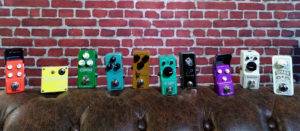
As the first guitar pedals hit the market back in the 1960s, they did it as encumbering, hefty boxes that looked as gritty as they
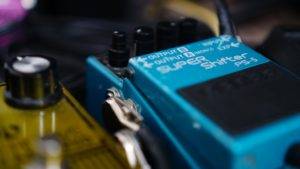
We’ve all fallen in love at some point in our life with a well-modulated guitar sound, likely more than once. It’s something that goes beyond

How to nail the John Frusciante Guitar Tone Get “That” tone with our guide John Frusciante has never been known for wild, million notes per
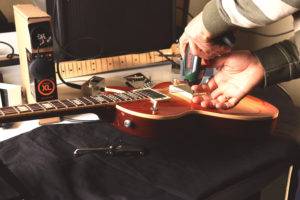
Everyone knows that electric guitars and guitar amplifiers are as much an inseparable duo as Batman and Robin – plug the former into the latter
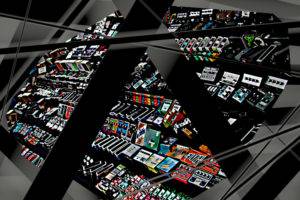
Where to buy guitar pedals Often the answer to, where to buy guitar pedals, can be a fairly personal subject to your relative location, social